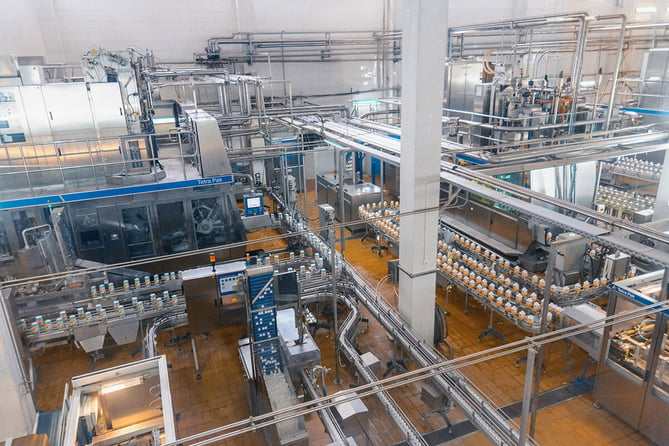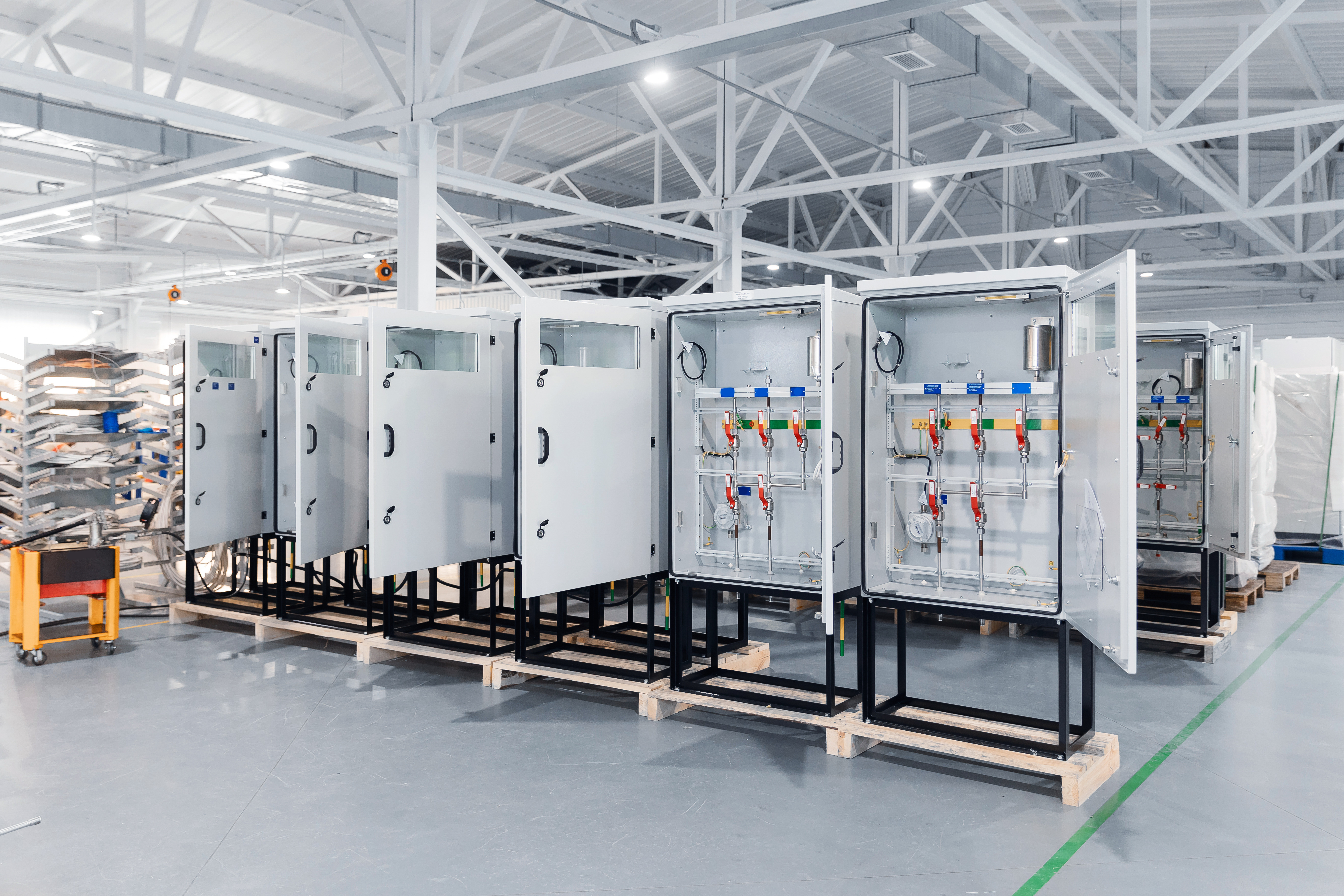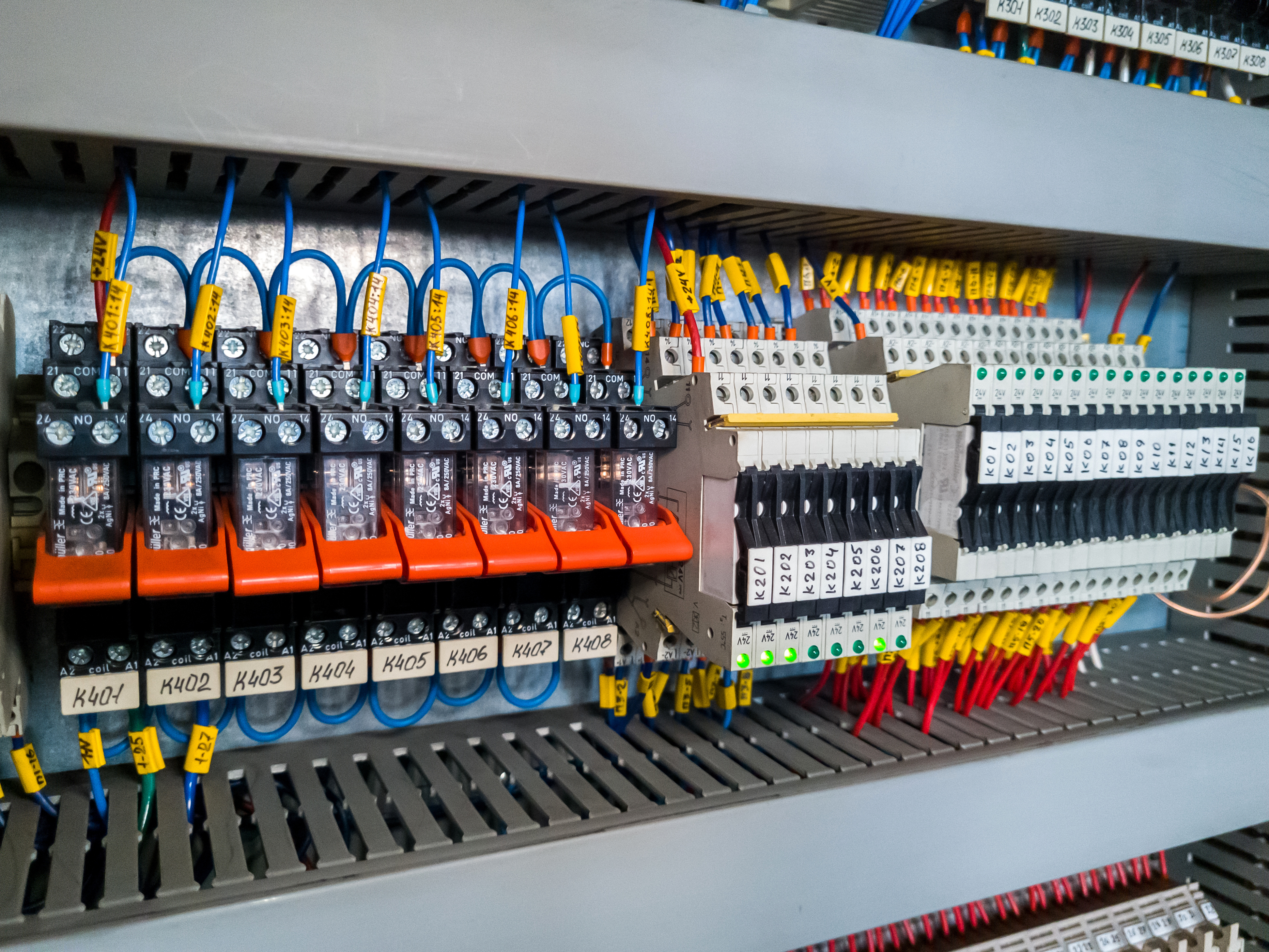Manufacturing has always been at the forefront of innovation, continuously driving technological advancements that redefine industries. Today, as we dive deeper into Industry 4.0, manufacturers are not just adapting—they’re transforming. The factory floor is becoming smarter, faster, and more efficient thanks to cutting-edge developments like AI-driven automation, advanced robotics, and real-time data analytics.
For OEM machine builders and manufacturers looking to stay competitive in 2025, embracing these innovations isn’t just an option—it’s essential.
🚀 The Latest Trends Shaping Machine Building and Automation in 2025
As technology evolves, several groundbreaking trends are reshaping the manufacturing landscape this year:

AI-Enhanced Predictive Analytics
Beyond basic predictive maintenance, manufacturers now use AI to forecast equipment failures with unprecedented accuracy—cutting downtime and optimizing production cycles.
Collaborative Robotics (Cobots)
Cobots are redefining human-machine collaboration on the factory floor. These intelligent machines work alongside human operators to boost efficiency and safety.
Digital Twins for Process Optimization
Virtual replicas of physical machines enable real-time monitoring and testing without disrupting operations. This tech accelerates innovation while minimizing costly mistakes.
Advanced Industrial Networking
The rise of Ethernet-based industrial networks allows for faster, more reliable data sharing across systems—enhancing machine performance and production efficiency.
Sustainable Automation Solutions
Energy-efficient drives, smart power management, and eco-friendly materials are driving sustainability efforts, reducing environmental footprints while cutting costs.
Why Digitizing the Factory Floor Is Essential Now
Incorporating advanced digital solutions offers manufacturers several competitive advantages:
✅ Boosted Efficiency and Productivity
Harness real-time data to streamline operations, reduce manual intervention, and minimize production bottlenecks.
🔧 AI-Powered Predictive Maintenance
Advanced sensors now enable real-time monitoring of machine health, proactively addressing issues before they escalate into costly failures.
🎯 Enhanced Quality Control
Automated systems ensure consistent product quality through continuous monitoring and real-time detection of defects.
🛡️ Worker Safety in the Age of Automation
Wearable tech and safety sensors ensure a safer working environment while digital training platforms streamline onboarding.
🔗 Improved Supply Chain Visibility
Advanced IIoT systems track inventory in real time, reducing stock shortages and improving overall customer satisfaction.

Overcoming the Challenges of Digitization
While the benefits are immense, challenges remain. Companies must overcome hurdles such as:
- High Initial Costs: Investing in cutting-edge technology can be expensive upfront but yields long-term cost savings and efficiency gains.
- Legacy System Integration: Retrofitting outdated equipment can be complex but essential for seamless data integration.
- Cybersecurity Risks: With increased connectivity comes the need for robust data protection and cybersecurity protocols.
- Workforce Upskilling: Digital transformation requires continuous workforce training and reskilling to stay ahead of technological changes.
Your Roadmap to Success: Digitizing in 2025
To thrive in today’s competitive landscape, manufacturers must have a clear strategy for digital transformation:
- Audit Existing Systems – Identify gaps and areas for improvement.
- Invest in Workforce Training – Empower employees to operate advanced systems effectively.
- Leverage AI and Data Analytics – Make informed, data-driven decisions.
- Prioritize Cybersecurity – Protect sensitive manufacturing data.
- Partner with Industry Experts – Collaborate with specialists who can guide your digital transformation journey.
Get Ahead of the Curve—Let’s Talk!
Are you ready to embrace the future of manufacturing and unlock the full potential of IIoT and advanced automation? At Dynamic Measurement and Control Solutions, we specialize in helping OEM machine builders and manufacturers implement cutting-edge solutions that drive efficiency, scalability, and cost savings.
Let’s discuss how we can help you digitize the factory floor and stay ahead in 2025.
👉 Schedule a meeting with us today and start your journey toward a smarter, more efficient manufacturing future.
Get Our Factory Monitoring Playbook!







